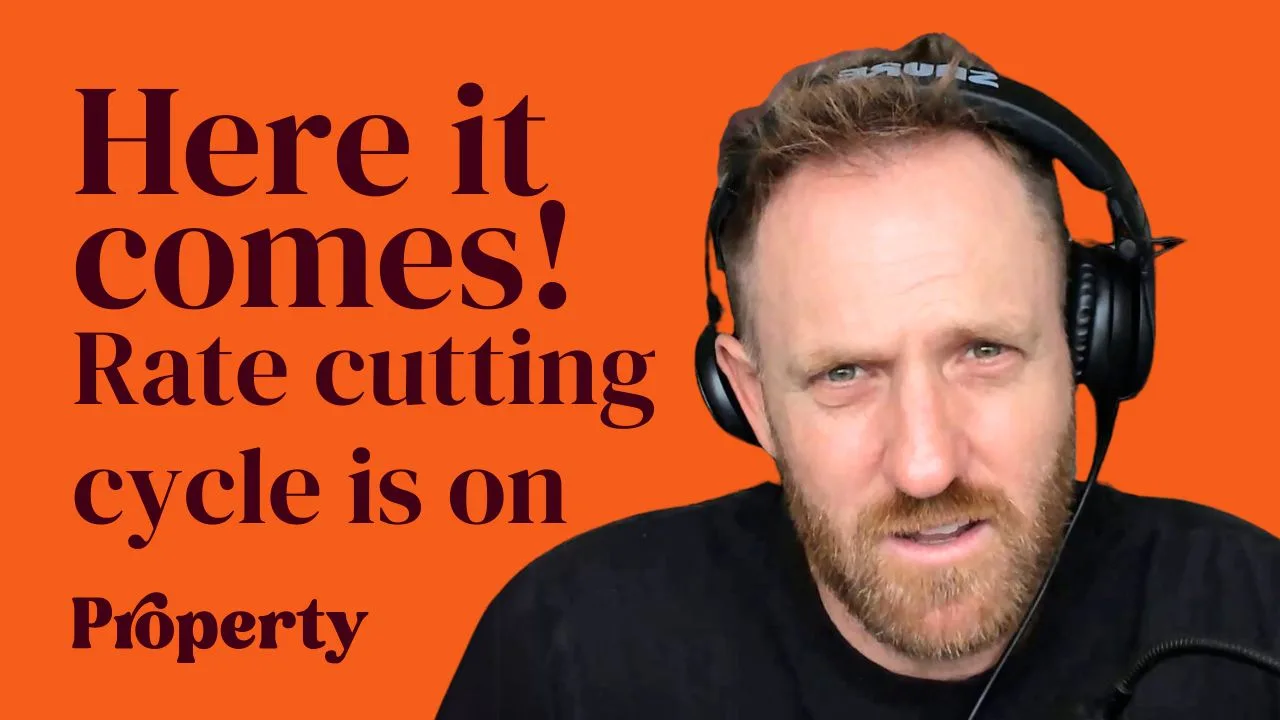Bank shares like Bank of Queensland Limited, Bendigo & Adelaide Bank Ltd (ASX: BEN) and Westpac Banking Corp (ASX: WBC) are very popular in Australia because they tend to have a stable dividend history, and often pay franking credits.
In this article, we’ll explain the basics of investing in ASX bank shares. But if you’re interested in understanding the value of dividend investing in Australia (i.e. the benefits of franking credits), check out this video from the education team at Rask Australia.
To access our valuation models, videos and tutorials, consider subscribing to the Rask Australia YouTube channel. You will receive the latest (and free) value investing videos from our analysts. Click here to subscribe.
Doing a ‘comps’ valuation of the BOQ share price
If you have been investing in individual stocks or companies for more than a few years you will have heard about the PE ratio. The price-earnings ratio or ‘PER’ compares a company’s share price (P) to its most recent full-year earnings per share (E). If you bought a coffee shop for $100,000 and it made $10,000 of profit last year, that’s a price-earnings ratio of 10x ($100,000 / $10,000). ‘Earnings’ is just another word for profit. So, the PE ratio is basically saying ‘price-to-yearly-profit multiple’.
The PE ratio is a very simple tool but it’s not perfect so it should only be used with other techniques (see below) to back it up. That said, one of the basic ratio strategies even professional analysts will use to value a share is to compare the company’s PE ratio with its competitors to try to determine if the share price is unreasonably high, or cheap. It’s akin to saying: ‘if all of the other banking sector stocks are priced at a PE of X, this one should be too’. We’ll go one step further than that in this article. We’ll apply the principle of mean reversion and multiply the profits per share (E) by the sector average PE ratio (E x sector PE) to calculate what an average company would be worth.
If we take the BOQ share price today ($6.48), together with the earnings (aka profits) per share data from its 2023 financial year ($0.411), we can calculate the company’s PE ratio to be 15.8x. That compares to the banking sector average PE of 18x.
Next, take the profits per share (EPS) ($0.411) and multiply it by the average PE ratio for BOQ’s sector (Banking). This results in a ‘sector-adjusted’ PE valuation of $7.24.
What are dividends actually worth?
A DDM or dividend discount model is quite different from ratio valuations like PER because it makes you forecast cash flows into the future (it uses dividends as ‘cash flow’). Because the banking sector has proven to be relatively stable with regards to share dividends, the DDM approach can be used. However, we would not use this model for, say, technology shares that are more growth focused.
Basically, we need only one input into a DDM model: dividends per share. Then, we make some assumptions about the yearly growth of the dividend (e.g. 2%) and the risk level of the dividend payment (e.g. 7%). We’ve used the most recent full-year dividends (e.g. from last 12 months or LTM) then assumed the dividends remain consistent but grow slightly.
To do the valuation, use this formula: Share price = full-year dividend / (risk rate – dividend growth rate). It’s a good idea to do the calculation with a few different growth and risk assumptions, then take the average valuation. This helps to account for some of the uncertainty.
To make this DDM easy to understand, we will assume last year’s dividend payment ($0.34) climbs at a fixed rate each year.
Next, we pick the ‘risk’ rate or expected return rate. This is the rate at which we discount the future dividend payments back to today’s dollars. The higher the ‘risk’ rate, the lower the share price valuation.
We’ve used a blended rate for dividend growth and a risk rate between 6% and 11%, then got the average.
This simple DDM valuation of BOQ shares is $7.19. However, using an ‘adjusted’ dividend payment of $0.33 per share, the valuation goes to $6.98. The expected dividend valuation compares to Bank of Queensland Limited’s share price of $6.48. Since the company’s dividends are fully franked, you might choose to make one further adjustment and do the valuation based on a ‘gross’ dividend payment. That is, the cash dividends plus the franking credits (available to eligible shareholders). Using the forecast gross dividend payment ($0.47), our valuation of the BOQ share price comes out at $9.97.
| Growth rate | ||||
| 2.00% | 3.00% | 4.00% | ||
|
Risk rate
|
6.00% | $8.25 | $11.00 | $16.50 |
| 7.00% | $6.60 | $8.25 | $11.00 | |
| 8.00% | $5.50 | $6.60 | $8.25 | |
| 9.00% | $4.71 | $5.50 | $6.60 | |
| 10.00% | $4.13 | $4.71 | $5.50 | |
| 11.00% | $3.67 | $4.13 | $4.71 | |
BOQ share price: takeaways
You could consider using these models as the starting point for your process for analysing and valuing a bank share like BOQ. However, please remember that these are just tools used by analysts and in reality, a good analyst and investor will likely conduct 100+ hours of qualitative research before diving into their spreadsheet and starting their modelling.
For example, we spend a lot of our time looking at bank shares and writing about them, but if we were thinking about investing in a bank today we would want to get a handle on its growth strategy, economic indicators like unemployment, and then study house prices and consumer sentiment.







